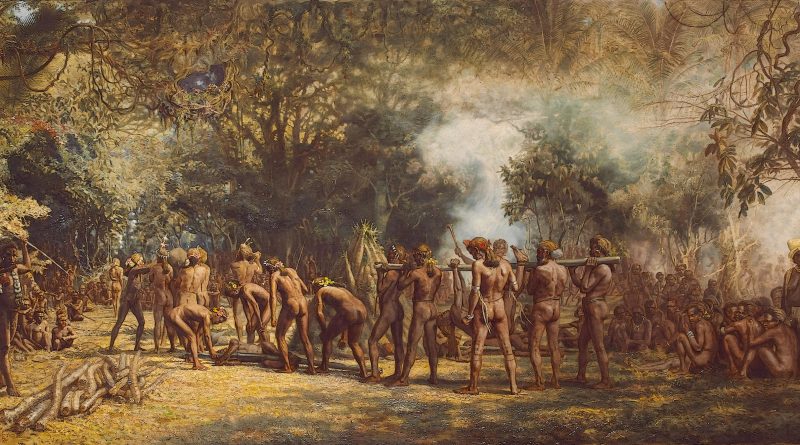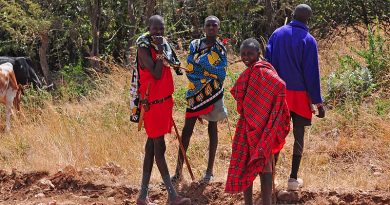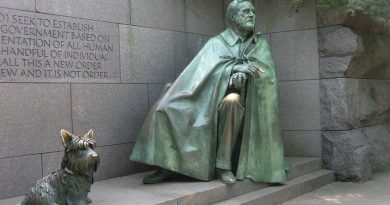An Eye for an Eye: Cannibalism in the Pacific Islands
Culture Facts
Where: Throughout the Pacific Islands, but only in days of yore.
What’s It About: Eating your enemy as the ultimate disgrace – the stuff of seafaring legends.
How To Join In: We advise not – in fact steer clear if you want to stay out of the cooking pot.
When the Pacific Islands were first ‘discovered’ by Europeans, they soon gained a reputation for being fierce and hostile place where tribal warfare and cannibalism were rife. During the early 19th century, if you were a sailor who became shipwrecked in the Pacific Islands, you probably wouldn’t live to tell the tale but would end up in the cooking pot.
The intensity and significance of cannibalism varied greatly across the islands, but it was generally believed that by eating your enemies you would absorb some of their better qualities such as bravery and strength. More importantly, it was also the ultimate revenge to eat the body of someone you despised; the conclusive domination of the enemy and a major humiliation for their family. Warriors usually kept a momento of their victim, or at least put another notch in their club. Necklaces, hairpins or ear-lobe ornaments carved of human bone were often kept, or possibly the skull would be made into a drinking bowl called a ‘yaqona’. The whole affair would be celebrated with song, dance and formal sacrifical rites. Men would sing the ‘cibi’ or death dance, and women the ‘dele’ in which they would sexually humiliate the corpse. Bodies were usually bought back to the village spirit house and offered to the war god before being eaten.
Today cannibalism has long since disappeared although it is still very much a part of the legends and history that make up the mystique of the Pacific Islands. Much of this mystique was created by explorers, artists and anthropologists who set off on adventures to ‘discover’ new frontiers. Hence much of our understandings are still very much coloured by the interpretations by those from the Western world such as Charles E. Gordon Frazer, the artist who drew the main image pictured above. Frazer travelled extensively throughout Australasia, the New Hebrides (Vanuatu) and New Guinea. It was during his second visit to the Island of Tanna in the New Hebrides that he witnessed the depicted ritual of which he wrote: “After several excited orations the festival commenced. The procession was slowly carrying in their victims on poles. Two victims I saw, but I was told there were more. Howls and wailings continually rose from the bush, these came from the women who were moaning over the recovered slain of their own tribe. Every now and again a man stood astride of the corpse and uttered piercing yells to frighten the evil spirits away”. (C. E. Gordon Frazer, An paper presented following the Liverpool exhibition, 1895, (unpublished)).
main image: A cannibal feast on Tanna, Vanuatu, c. 1885-89
By Debbie Fabb




